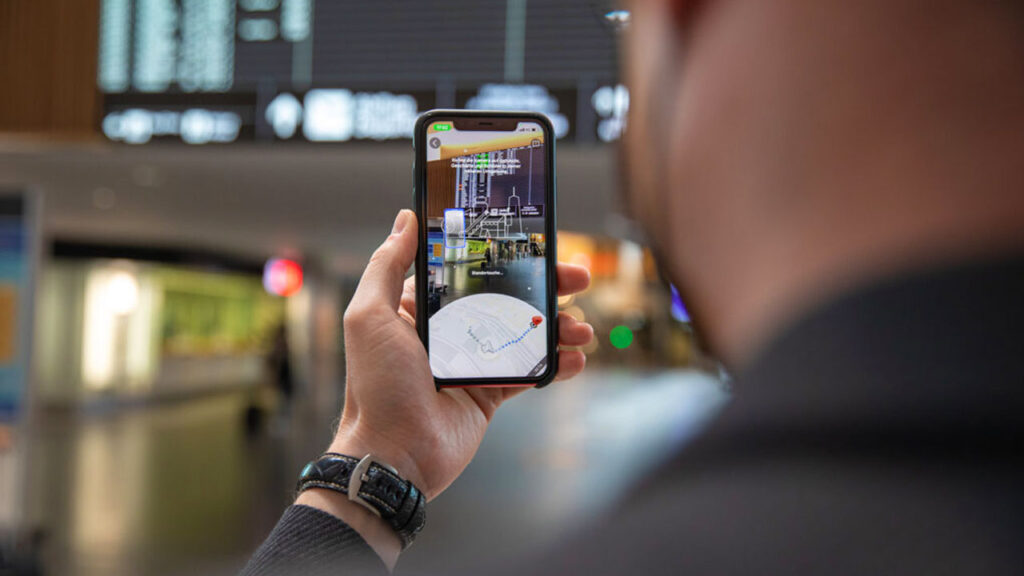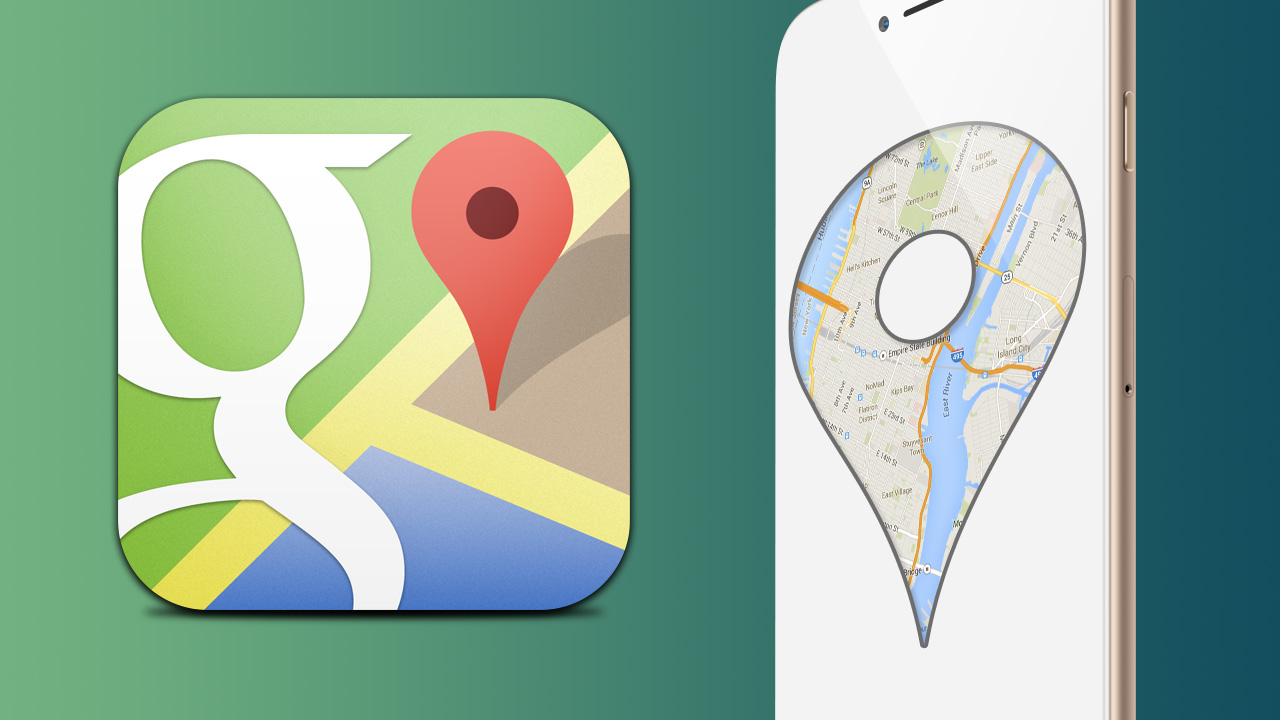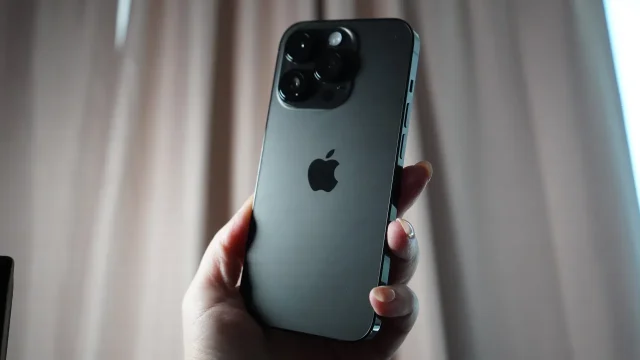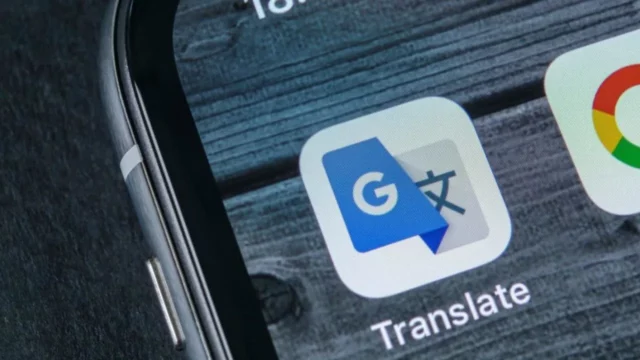Technology is always following us. Sometimes, it’s our personal data, sometimes location-related data, and sometimes information about what we like and dislike. In short, there’s a device that knows everything about us and it’s always with us. Now, the topic of discussion is the “heat map” generated through Google Maps. So, what is a heat map? Who benefits from this data? Here are the details…
The places you visit most frequently will appear on your heat map!
Along with Android smartphones and tablets, iPhones and iPads with Google Maps (unless you’ve turned this off in your privacy settings) continuously send your location data to Google servers. Google Maps uses this location data to display real-time traffic and congestion alerts. This means that Google shows you the traffic congestion based on the ratio of how many different people’s location data it has collected on the same road.

Of course, you can see this data too. If you share data with Google, you can view a timeline that shows where you were on which date and at what time. Besides providing you with a timeline, Google also gives you the coordinates of your location minute by minute. Additionally, you can see the changes between two locations and the route you took.
As for the heat map, it’s actually a feature offered by a third-party application rather than directly by Google. With an app called “Location History Visualizer,” you can create your own Google heat map. To do this, you need to download the chart created with the data collected by Google to your computer.
After downloading the chart with the data, you upload it to the “Location History Visualizer” application. Then, the application starts creating your heat map. In this map, you can see the places you visit most frequently, the roads you use most often, and all other data related to the map. So far, everything sounds good. But there’s another aspect to consider.

To use the application, you need to share your Google data. This is how your heat map comes to life. In other words, you voluntarily share your Google Maps data with a third-party application. It’s essential to pay attention to the fact that you’re doing all of this with your own consent. So, what do you think? Don’t forget to share your opinions in the comments section…














